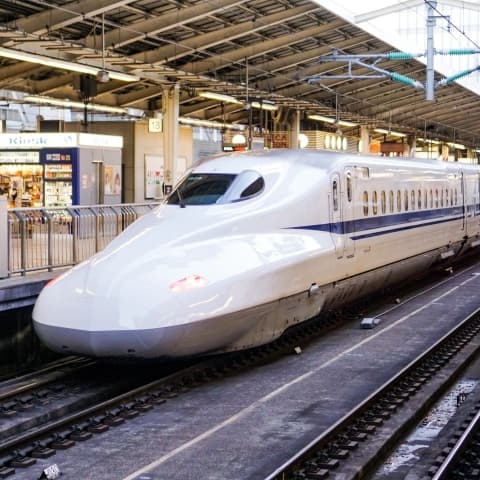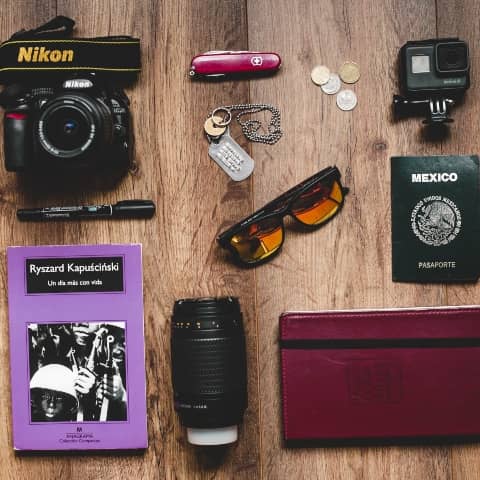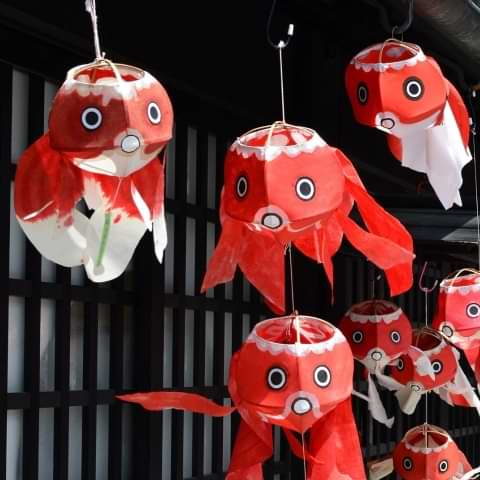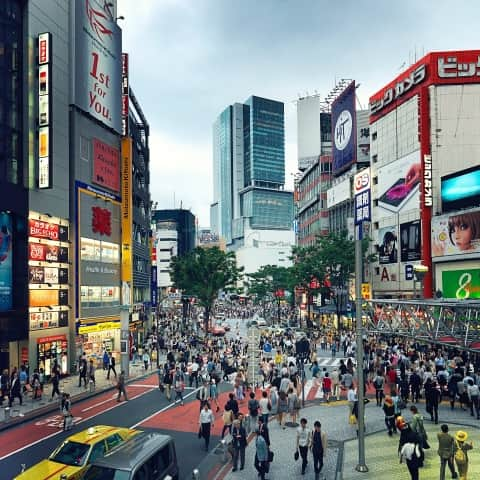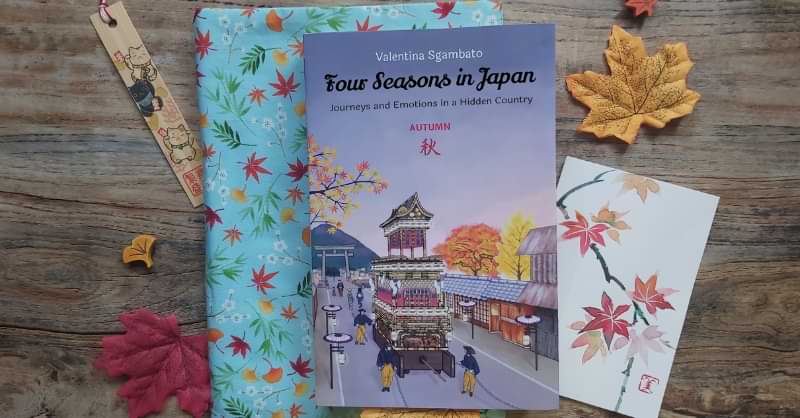Japan 10 Days Itinerary
During this 10 days in Japan, we’ll bring you through the best places while eating amazing local food.
If you need suggestions on luggage management during the travel, how to book the hotels or flights, pocket Wi-Fi or travel health insurance, give a look to our itinerary page.
As a general recommendation, we always advise booking hotels near the main train stations through Trip.com or Expedia.com*, but if you have any other questions, feel free to contact us.
10 days in Japan: travel essentials
- 7 days Japan Rail Pass* (check our guide on JR Pass & Japan Railways to know more)
- Pocket Wi-Fi (with Onigiro you’ll have a 20% discount on Ninja Wi-Fi*)
- Your valid passport
- Visa (required from some countries)
- Travel health insurance (optional, to be foresight)
- Free Japan Official Travel App on your smartphone
If not differently specified, for the first 7 days all the train connections will be covered by the Japan Rail Pass. For some extra suggestions on what to bring for your trip to Japan, give a look to our accurate list of travel essential gadgets.
We assume to start this 10 days itinerary in Japan landing in Tōkyō, but if you land in Ōsaka, consider to switch days 1 and 5.
First Time in Japan: Days 1 ~ 5
Day 1 - Kōbe
10:00 ~ 13:00 Landing in Tōkyō
We highly recommend to land in Japan in the morning, so you have time to get used to Japanese time-zone. While at the airport, you’ll now need to exchange the Japan Rail Pass voucher you have bought before your travel for the real Japan Rail Pass.
At Narita airport, the exchange office is located at B1F (1st floor underground), while at Haneda airport is inside the arrival lobby, 2F. More info on our Japanese trains guide.
Regarding the pocket Wi-Fi, usually the companies send them at airport postal offices, giving you email pick-up instructions. Some companies also allow you to send it at your hotel.
If you have big luggage, you may consider to use Takkyūbin delivery service to send them at your Hotel, with costs around 20$ each luggage.
13:00 ~ 18:00 Kōbe
If you landed at Narita airport, take the Narita Express train to Shinagawa station and then the Tōkaidō Shinkansen line to Shin-Kōbe station (4 ~ 5 h).
Otherwise, from Haneda airport take Tōkyō Monorail to Hamamatsuchō station, change for JR Yamanote subway to reach Tōkyō station, and finally Tōkaidō Shinkansen bullet train line to Shin-Kōbe station (4 ~ 5 h).
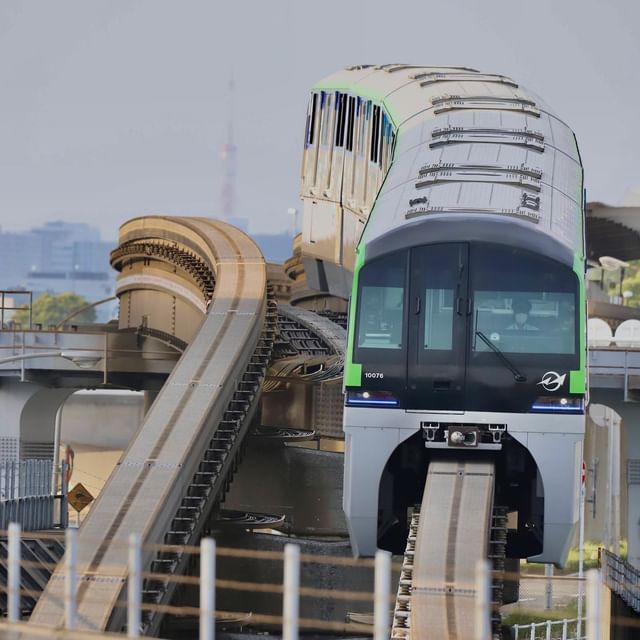
All these connections are included within the Japan Rail Pass, but be careful because on Tōkaidō Shinkansen line you cannot take Nozomi trains but only Kodama and Hikari.
Once arrived at Kōbe, make the hotel check-in and rest a bit from your travel before dinner. Kōbe is worldwide known for it’s premium quality wagyū and the city is full of teppanyaki steak restaurants.
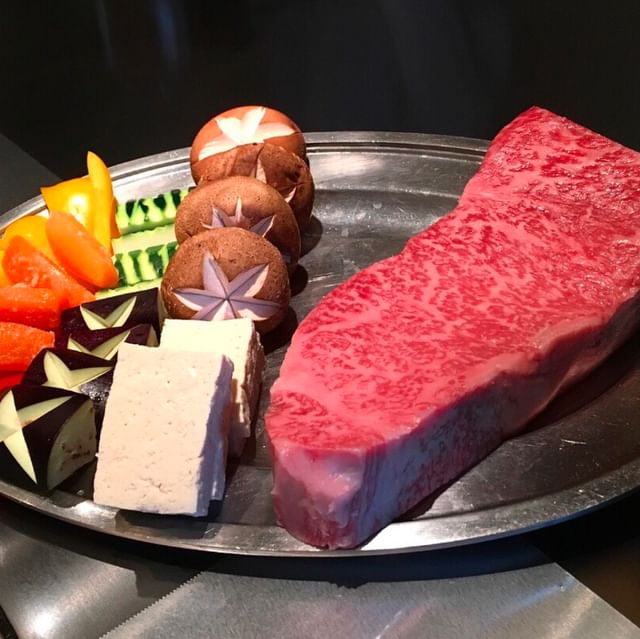
18:00 ~ 20:00 Kōbe wagyū
Try to reserve a table for a good Kōbe wagyū beef restaurant some days in advance, because the best ones are often fully booked! Some of them accepts online English reservations, through Facebook or email for example.
20:00 ~ 22:00 Kōbe port
In the evening, Kōbe port fires up with lights thanks to the red Port Tower and the shiny Kōbe Maritime Museum. The best place to capture this night scenery is from Takahama quay.
From Sannomiya JR station, take a local line to Kōbe station and head south to take your own Instagram picture of this scenery!

Day 2 - Himeji & Okayama
8:00 ~ 12:00 Himeji-jō
Take a Shinkansen from Shin-Kōbe station to Himeji station (30 m). Himeji-jō Castle is the only Japanese castle that has never been destroyed, neither by bombing or fire. From train station, walk north for 1 km to reach it.
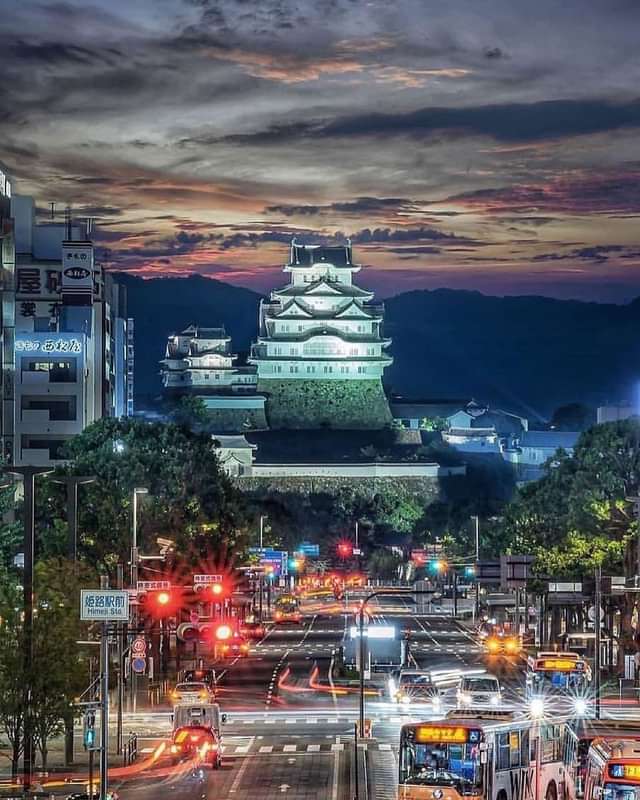
This castle is also named “white egret castle” and the visit takes from 1 to 2 hours, depending on crowds. During cherry blossoms season (late March ~ mid April) it can be very crowded, since its gardens are full of sakura trees.
Close to the castle you can also visit the marvelous Kōko-en Garden: the visit is about 1 hour and is mandatory during both spring and autumn!
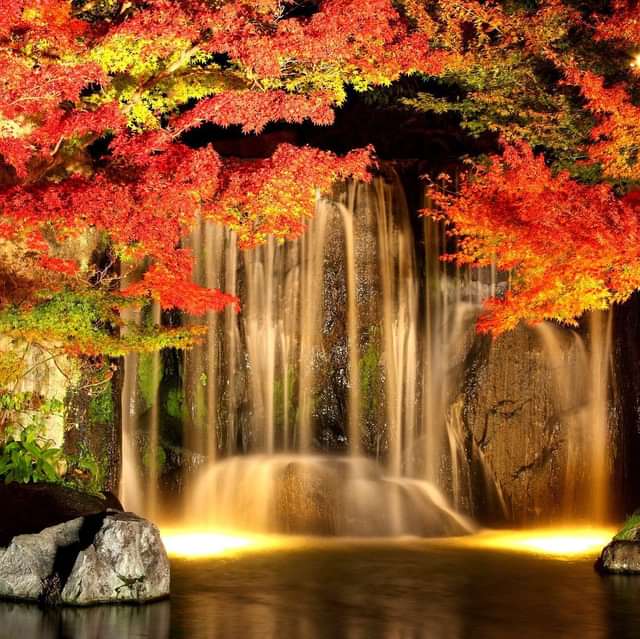
12:00 ~ 14:30 Okayama
Let’s now move to Okayama with a Shinkansen train (30 m) from Himeji station to Okayama station. If you’re hungry, on bullet trains you can buy and eat the ekiben, balanced and ready-to-use meals inside cute packaging.
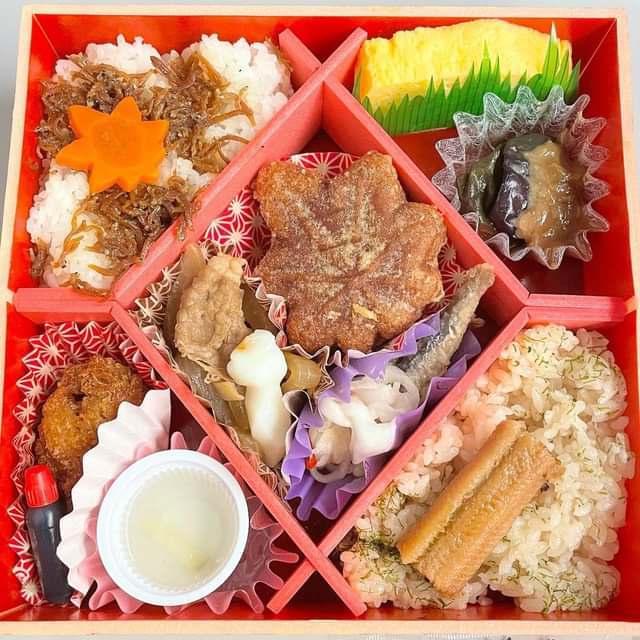
Alternatively, Okayama has some unique local food to try during your stay:
- Barazushi, scattered sashimi and vegetables over rice;
- Hinase Kakioko, okonomiyaki with oysters;
- Demi-Katsudon, pork cutlet with demi-glace sauce.
14:30 ~ 18:00 Kōraku-en and Okayama-jō
After hotel check-in, let’s visit one of the top 3 gardens in Japan, the Kōraku-en, where events are held every season, from summer food stalls to autumn colorful illuminations.
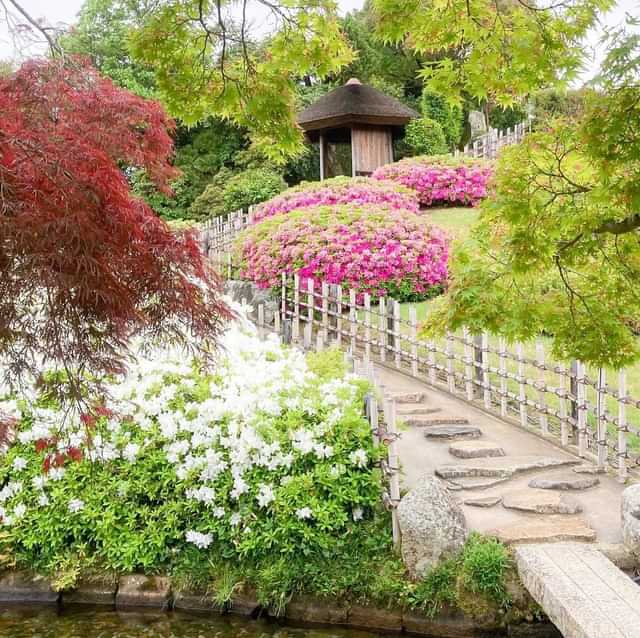
Since the garden is 2 km far from central train station and there are no subways, you might take a taxi to reach it. The cost should be around 7$.
While exploring Kōraku-en Garden, you have different beautiful views of Okayama’s “black crow castle” and, after sunset, it will be fired up with lights, definitely deserving some shoots!
You can visit the castle until the last floor, with a panoramic view of Kōraku-en Garden from higher ground. Make sure to buy the combined ticket admission for both garden and castle at the garden’s entrance!

18:00 ~ 20:00 Free time
In the evening, have a walk through cozy Okayama streets, full of small restaurant where you can try some of the local foods for dinner.
Day 3 - Hiroshima & Fukuoka
8:00 ~ 12:00 Hiroshima Peace Memorial Park
Let’s now move to Hiroshima for a short morning visit to Hiroshima Peace Memorial Park and to try the awesome local food.
Take San’yō Shinkansen line from Okayama station to Hiroshima station (1 h). Then, reach Hiroshima Peace Museum by taxi, tram or bus, you should arrive in 15 ~ 20 minutes.
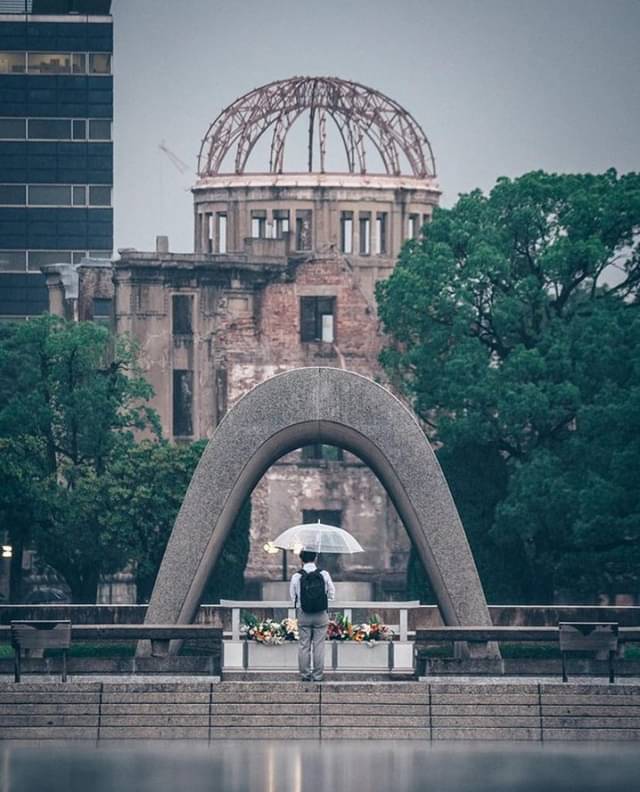
Get ready for strong emotions, because facing World War II terrible stories is very hard. After the museum, have a walk through the Peace Memorial Park until the Atomic Bomb Dome.
12:00 ~ 13:30 Hiroshima-yaki
Time to get up from the sadness of human history, and what’s better than one of tastier foods of Japan? Hiroshima signature food is the Hiroshima-yaki, with hundreds of restaurants specialized on this dish!
Every restaurant has its own version of this Hiroshima style okonomiyaki. There is also a 4-floors building, named Okonomimura, where tens of restaurants make this dish.
13:30 ~ 18:00 Fukuoka
Hop-on San’yō Shinkansen line once again, this time heading Hakata station (1 h). Hakata is the old name of Fukuoka, maintained by the train station.
After checking-in to your hotel, enjoy some free time in Canal City Mall, an open air mall perfect for shopping and entertainments. To move withing the city, you can use 3 subway lines or a taxi.
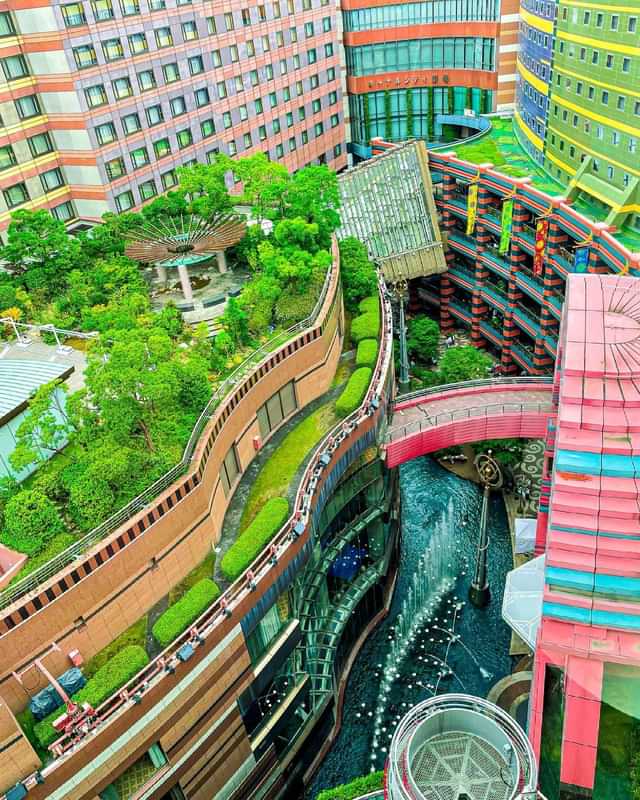
18:00 ~ 21:00 Yatai
Fukuoka is the last Japanese main city where you can eat at yatai, having dinner at food stalls in front of the owner. This food stalls are spread around the city, but mainly along Naka-gawa River.
Everyday, between 17:00 and 18:00, stall owners start setting up their own food stall. When is all set, ingredients are on the counter, just order and the chefs will start cooking in front of you!
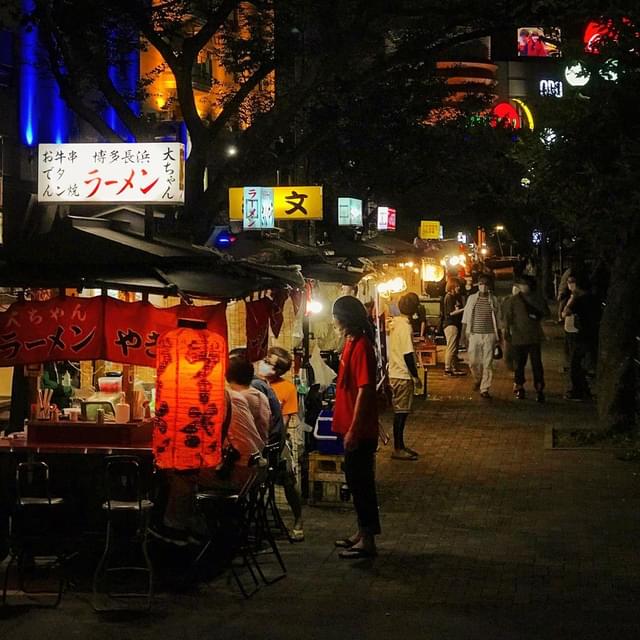
Enjoy delicious oden, grilled meat with sauces and the famous Hakata rāmen, distinguishable for the thickness of its white broth. Don’t forget also to have fun with Japanese diners and the chef!
Also, every rāmen lover should consider to visit Rāmen Stadium, where 8 restaurants are gathered inside Canal City 5F. For your first time in Japan, this day was really oishii (delicious in Japanese).
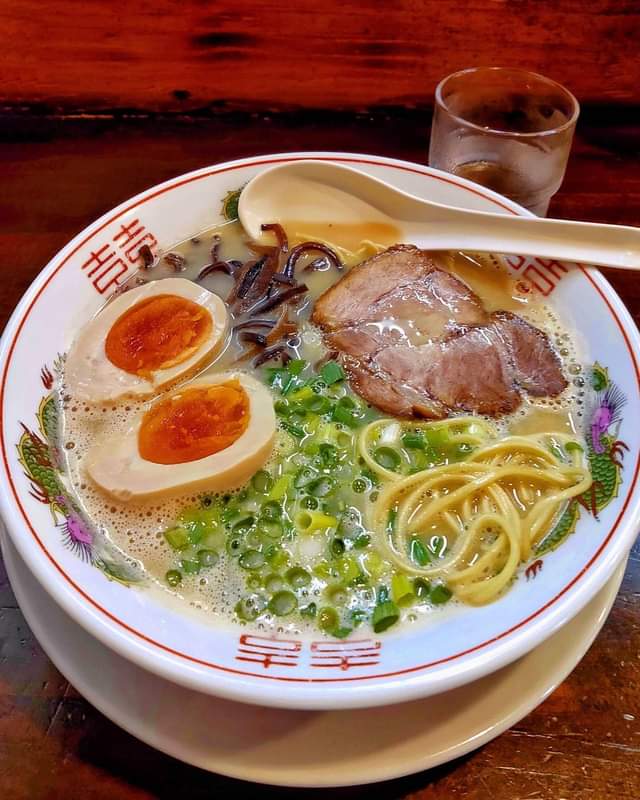
Day 4 - South/East Kyōto
8:00 ~ 12:00 Kyōto
Let’s head back to central Japan, with a Shinkansen bullet train from Hakata station to Kyōto station (3 h). Quickly drop your luggage at your hotel and start exploring Kyōto, the ancient capital.
The city is full of Buddhist temples and Shinto shrines, check our guide to better explore the city and to know how old traditions are still alive and continuously evolving.
12:00 ~ 14:00 Fushimi Inari-taisha
Take JR Nara line from Kyōto station and exit at Inari JR station. After a small walk, you’ll be in front of a giant red torii gate, entrance of the most famous Shinto shrine of Japan.
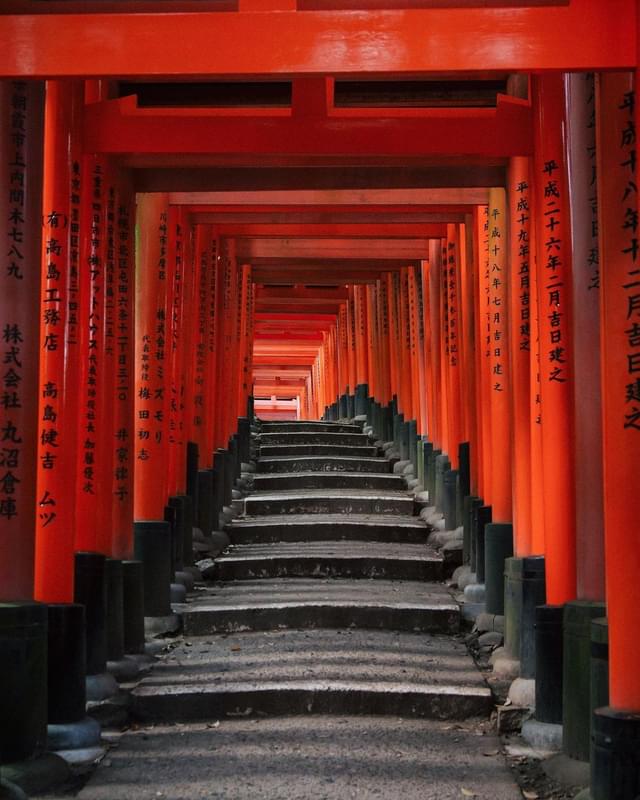
Here starts your journey through thousands of red torii on Mount Inari-yama. The hike takes 1 hour to the top and during summer it’s really challenging, so bring some water with you!
14:00 ~ 17:00 Kiyomizu-dera
After the visit, let’s move towards Kiyomizu-dera, the important “pure water” Buddhist temple from which you’ll have a panoramic view over the city.
To reach the temple, head to Fushimi-Inari station (not the Inari station where you arrived before) and take Keihan train to Kiyomizu-Gojō station.
On this private railway, the Japan Rail Pass cannot be used, but still it’s the fastest connection. Once arrived at Kiyomizu-Gojō station, head east for 1,5 km to reach your destination.
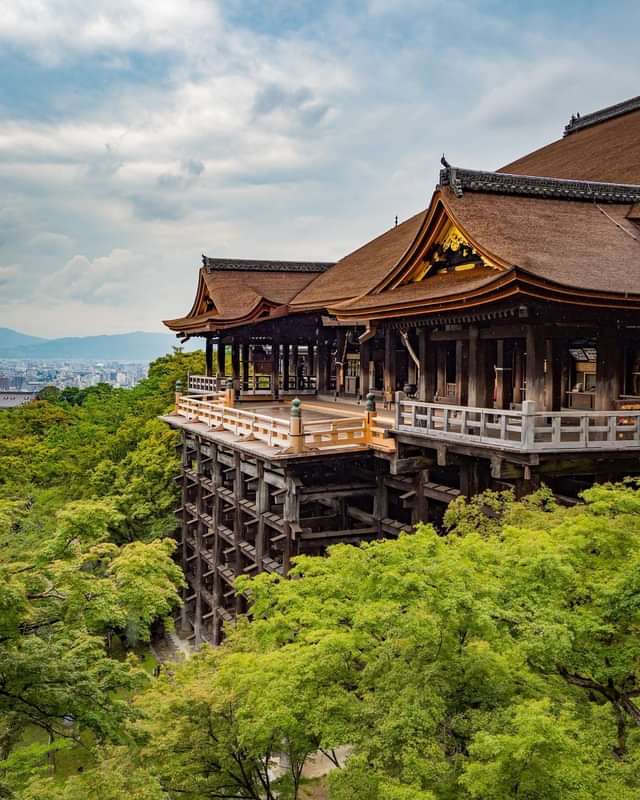
The main points of interest of Kiyomizu-dera Temple are the large wooden stage, supported by huge pillars, and the three pure water streams representing love, health and success: choose wisely which one to drink from!
The way to the temple is full of souvenir and rental kimono shops, where you can dress like a true Kyōto citizen, experience particularly common in summer.
If you’re not tired, you may also visit Kōdai-ji Temple and its garden, 1 km north of Kiyomizu-dera Temple. Otherwise, take your time and move to our next destination.
17:00 ~ 18:00 Gion
A hundred meters north-west from Kōdai-ji Temple you reach the ancient Gion area, full of wooden shops and tea houses, and the large Kamo-gawa River, that splits Kyōto in half.
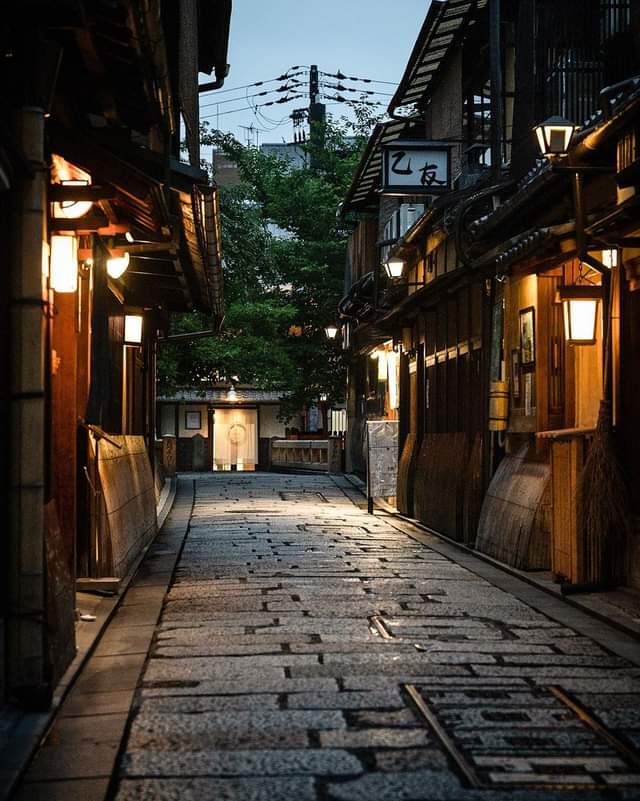
Enjoy the calm sound of water while walking through ancient shops, where Maiko and Geisha are entertaining guests. If you’re lucky, you might encounter them in the streets of this old district!
18:00 ~ 21:00 Free time
For dinner and relax, Kyōto station malls have dozens of restaurants to choose from for dinner. In this area, you can take pictures of colorful Kyōto tower and enjoy the great staircase led show.

Day 5 - North/West Kyōto & Ōsaka
9:00 ~ 11:30 Nijō-jō
Since this Kyōto area is not served by subways or trains, you have to take either taxi or buses. A single bus ride costs around 2$, while taxi fares starts from ~7$. Check Kyōto transportation website for more.
We are now heading to Nijō-jō Castle, an important historical site built by Tokugawa Ieyasu and residence of Japanese shōguns during the Edo period, from 1603 to 1868.
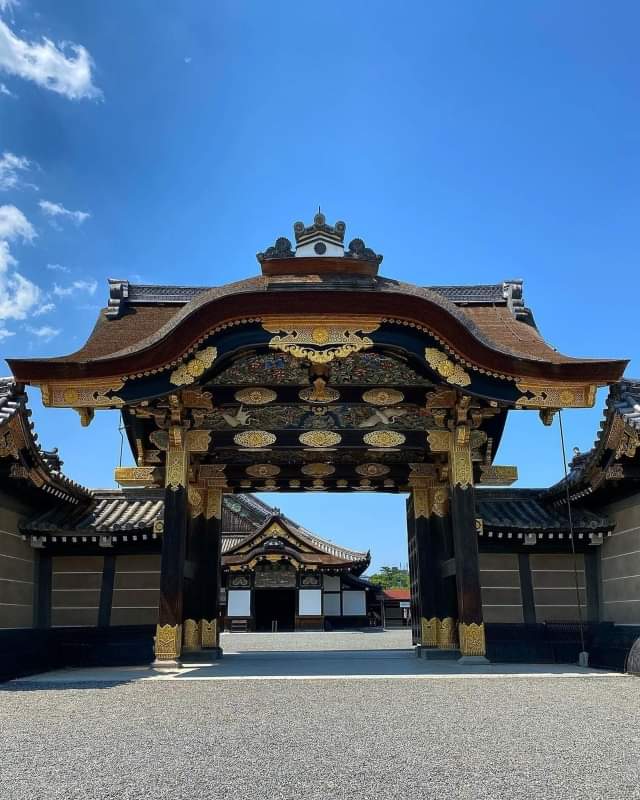
The fortified complex is divided in hon-maru (main circle of defense), ni-no-maru (secondary circle of defense) and amazing gardens. Inside the main building you can see majestic interior decorations.
11:30 ~ 14:00 Kinkaku-ji
Heading north from Nijō-jō Castle, reach the famous golden pagoda that reflects on surrounding pond: the Kinkaku-ji Temple is often very crowded, so be patient and wait for your beautiful souvenir picture.

14:00 ~ 17:00 Arashiyama
After the golden pagoda, let’s move to Arashiyama, the most famous bamboo groove in the world. Bamboos are so high that you can barely see the sky up there!
The forest is far from your position, so use Randen train from Kitano-Hakubaichō station to Katabiranotsuji station. Once there, take Randen tram to Arashiyama Randen station, the ride cost is ~2$, not included inside the Japan Rail Pass.
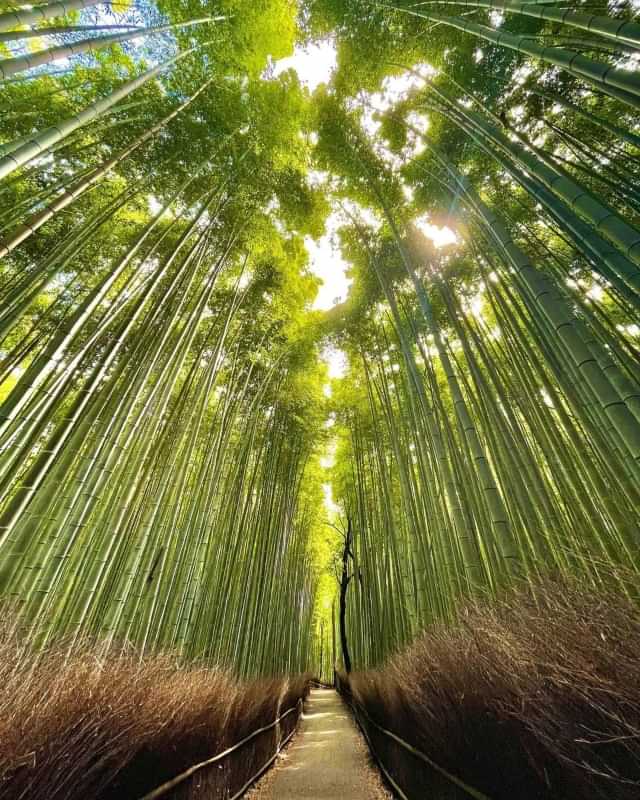
After the visit, let’s head to Kyōto central station from JR Saga-Arashiyama station (not the Arashiyama Randen station you used before) for some rest, before moving to Ōsaka.
17:00 ~ 22:00 Ōsaka
From Kyōto station, take a JR Special Rapid Service train to Ōsaka station. Just be careful not to go to Shin-Ōsaka station, because it’s far from the next point of interest.
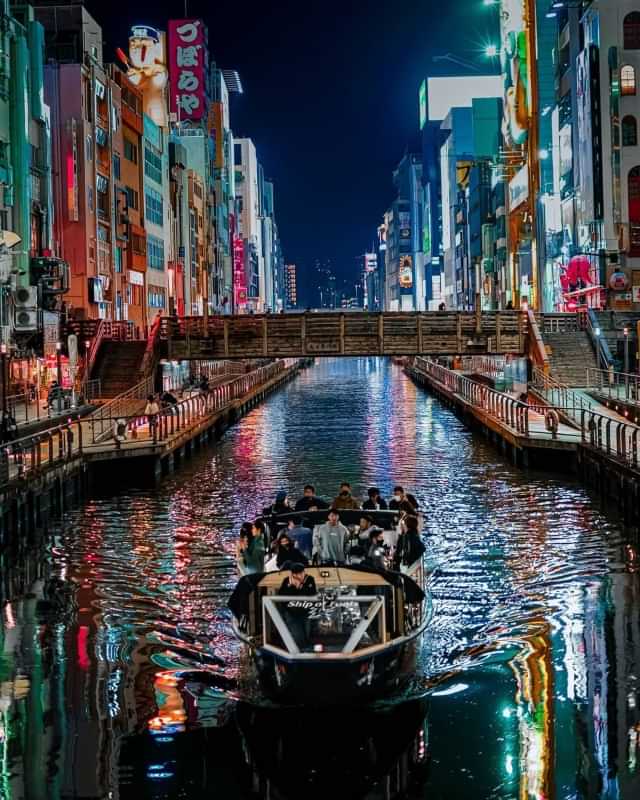
Let yourself be captivated by Dōtonbori street neon lights. Since Ōsaka is famous for street food, do not hesitate to try different restaurants tasting takoyaki and kushikatsu.
First Time in Japan: Days 6 ~ 10
Day 6 - Nara & Nagoya
8:00 ~ 12:00 Nara
From Kyōto station take JR Nara line to Nara station (1 h), then head east towards Nara-kōen Park where you’ll start to find many temples.
Keep heading north-east to encounter some deer between the many stone lanterns that fill the park. They’re very cute and kind, bowing to ask for food!
Still walking, you should arrive at Tōdai-ji soon, a huge temple with a giant Buddha statue inside. The temple is the biggest wood building in the world.
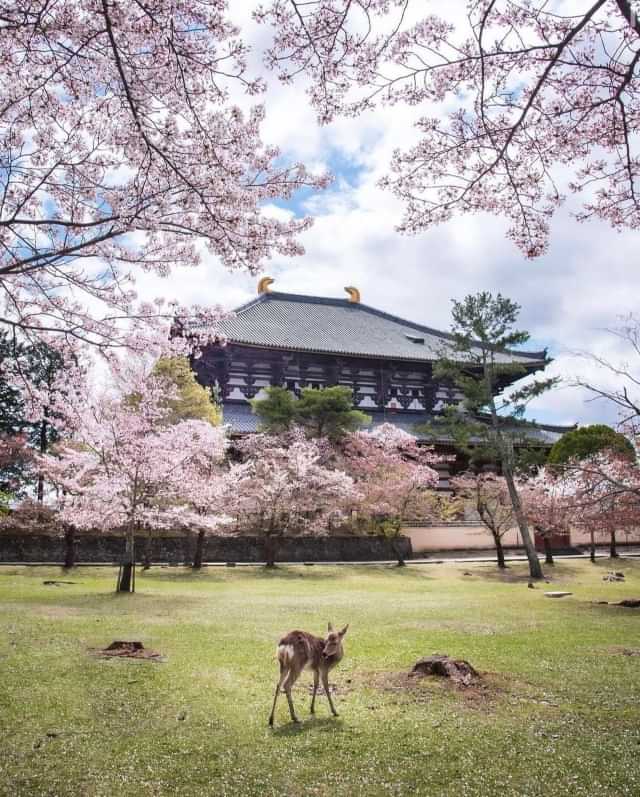
The whole Nara-kōen park takes a whole day to explore thanks to its many points of interest, such as the wonderful Kasuga-taisha Shrine surrounded by greenery, but time is running out so it is up to you to decide whether to pass by or keep visiting the area.
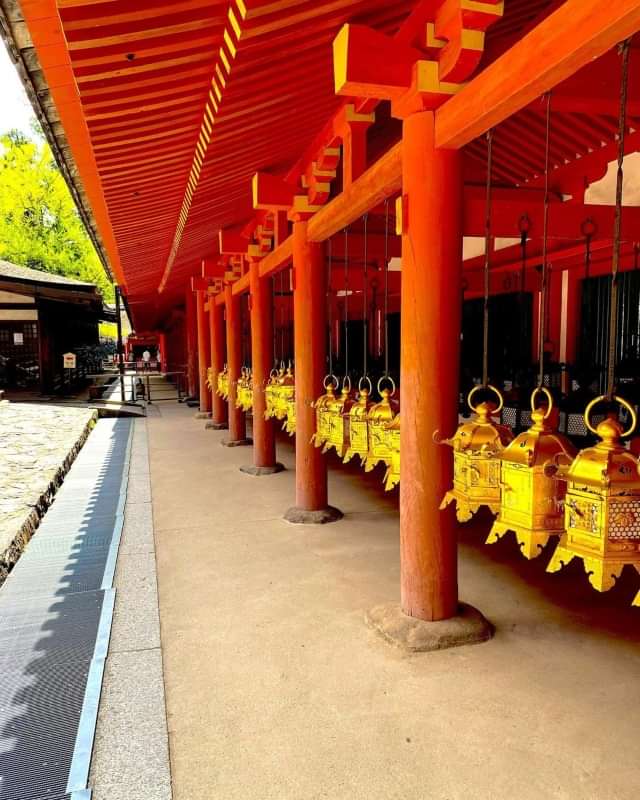
12:00 ~ 14:00 Nagoya
Nagoya gets often ignored by other Japan itineraries, but this city is full of events all year-round! From Nara you have to go back to Kyōto station and then a take bullet train for Nagoya (~2 h).
Upon arrival at Nagoya station you may want to have lunch on a local delicacy, misokatsu from the Yabaton restaurant chain, and one of these restaurants is located inside the main building of the station.
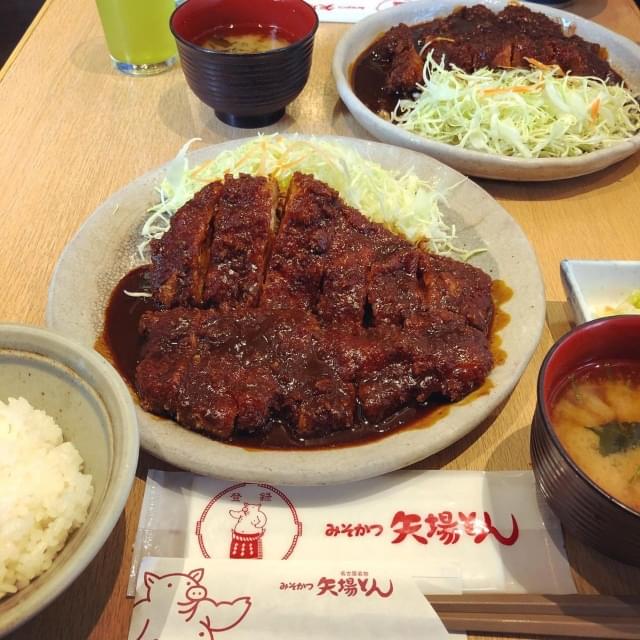
After a nutritious lunch, head to your hotel for check-in and move to the castle. Probably you’ll need to hurry up and take a taxi because the castle closes around 16:30.
14:00 ~ 17:00 Nagoya-jō or Toyota Commemorative Museum
Nagoya-jō Castle is surrounded by a park full of plum and sakura trees, a must-see attraction during spring. Moreover, golden interior decorations of Honmaru Goten Palace are truly remarkable.
Alternatively, you can make a tour of Toyota Commemorative Museum, learning how the effort of Japanese engineers, leaded by Kiichiro Toyoda, transformed a textile industry into a major car industry.
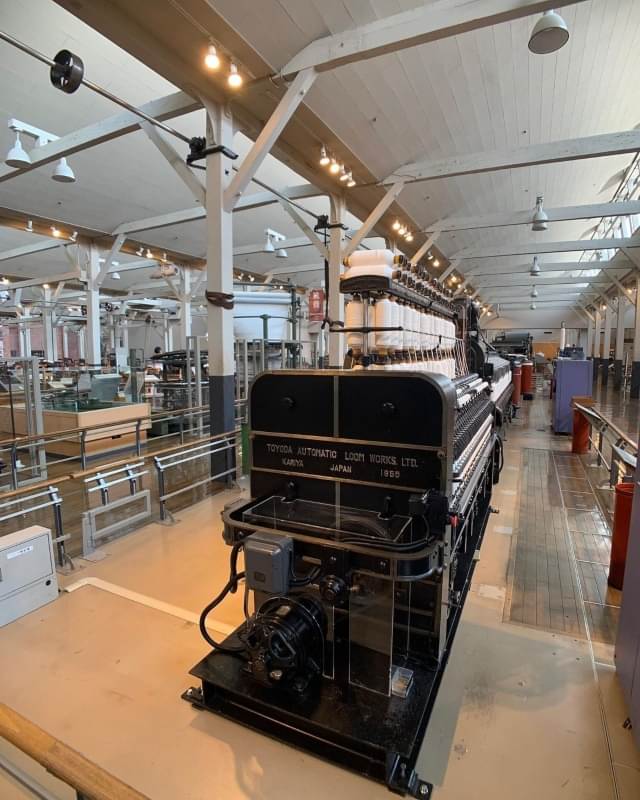
Everyday there are a number of English or Japanese language free guided tours of the facility: ask to ticket counter when the next tour is going to start to better enjoy the museum.
17:00 ~ 20:00 Free time
Take your time to shop for souvenirs or just take a break to rest your legs. For dinner, Nagoya offers another delicious local food, the unagi donburi. A “donburi” is a bowl of rice topped with various foods and Nagoya is famous for unagi, a delicious and expensive grilled eel.
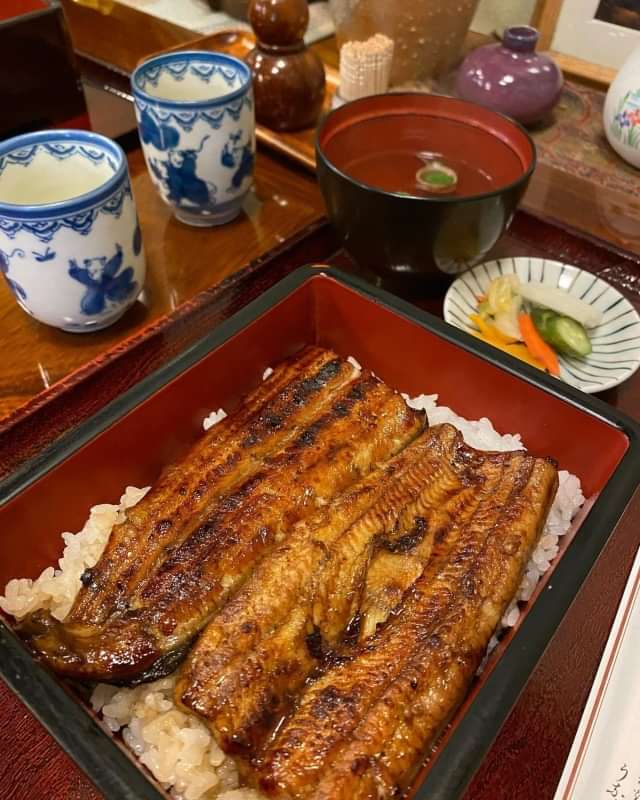
Day 7 - Hakone
7:00 ~ 10:00 Hakone
Since Hakone is a mountainous area, today it will take several trips via cable cars and ropeways to explore it.
From Nagoya, take the Tōkaidō Shinkansen line to reach Odawara station. Here, buy Hakone Free Pass for 2 days (~35$) and take Hakone-Tozan line to Gōra station.
This pass includes many amenities, such as the ropeway, cable car, and expensive pirate boat on Lake Ashi-no-Ko, but also discounts at some affiliated shops in the area.
At Gōra station, take cable car to reach the hotel area or ask your hotel for a pick-up service. Hakone is famous for its onsen and almost every hotel is a ryokan with natural hot spring bath.
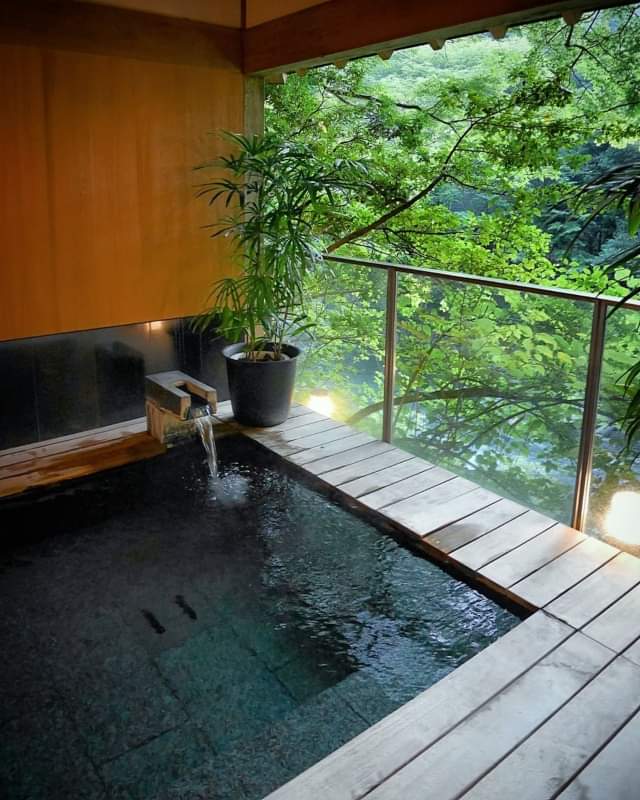
10:00 ~ 17:00 Ashi-no-Ko
After checking-in, let’s get back to cable car until Sōunzan terminal and then take the ropeway to the Ōwakudani boiling valley.
At Ōwakudani station you can taste nice black eggs cooked with sulphurous waters or buy other local souvenirs. On bright days, from the terrace behind the shop it is possible to see Mount Fuji-san.
Get back to the ropeway until Tōgendai terminal, where you can take one of the three pirate boats at Tōgendai port for a tour of Lake Ashi-no-Ko.
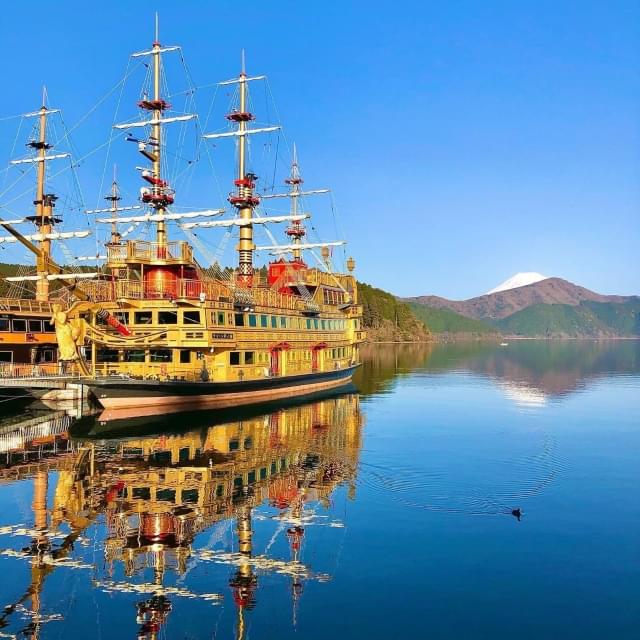
Alternatively, you can take the bus bound to Hakone-en, where another rope-way (not included within Hakone Free Pass) brings you on top of Komaga-take peak.
From here, you have a stunning view of Mount Fuji-san… but you have to be lucky with clouds. Usually in autumn and winter the sky is clear, so try to get on Komaga-take peak in that period.
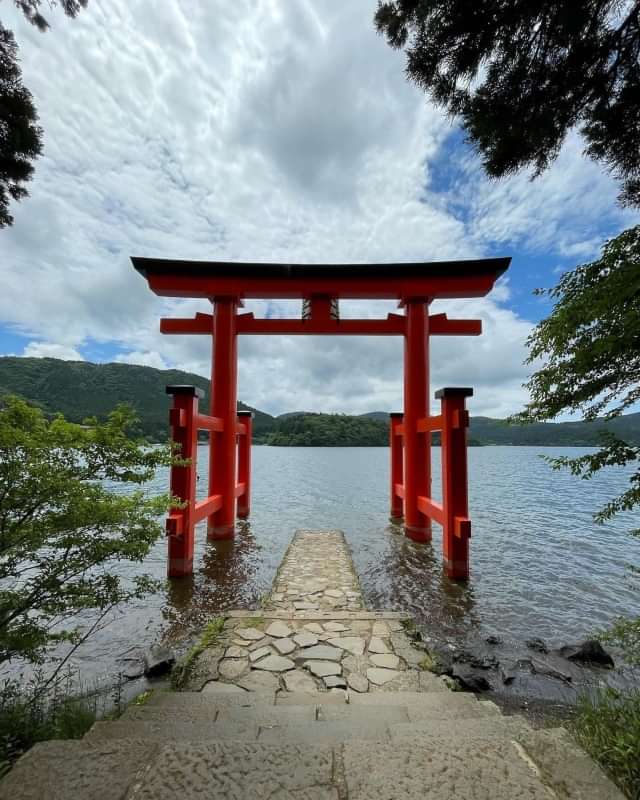
17:00 ~ 21:00 Free time
Once back at your hotel, enjoy natural hot spring water and dinner, often included with ryokan reservations. Since this is a mountain area, restaurants are difficult to reach. If you’re not scared to walk some extra miles, this Gyōza center has amazing Japanese style dumplings!
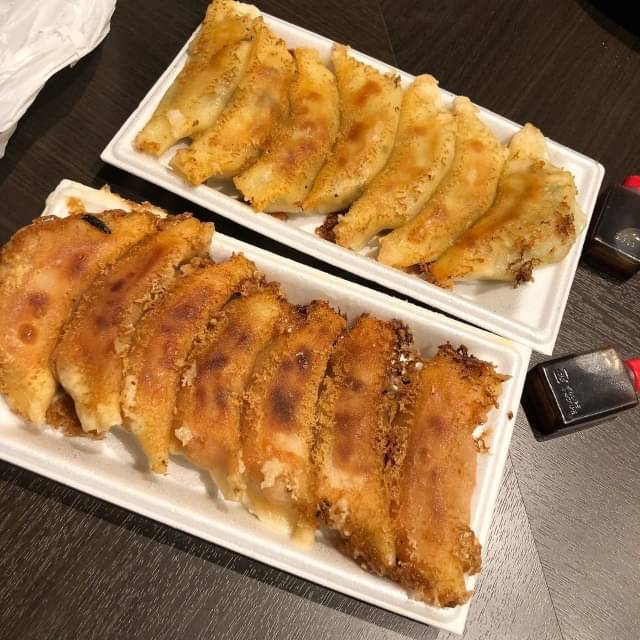
Day 8 - Tōkyō
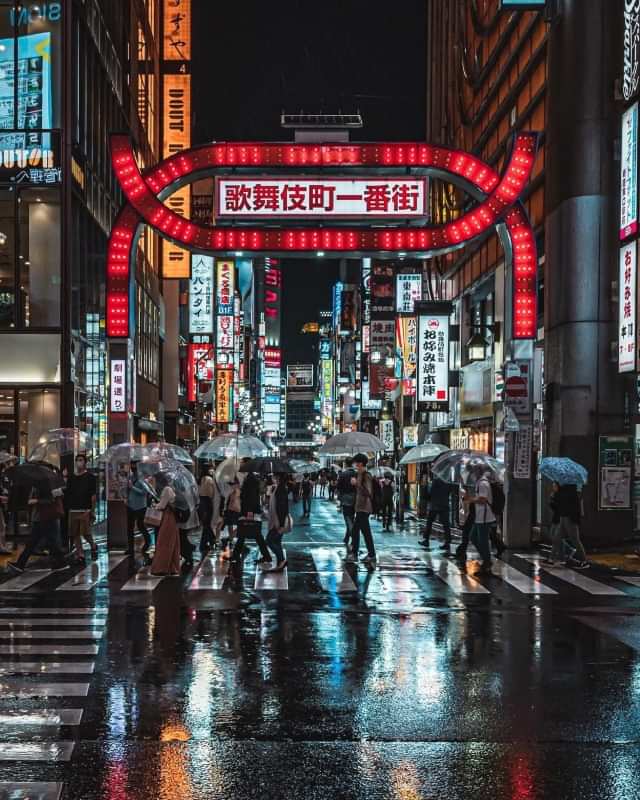
8:00 ~ 9:30 Onsen
Enjoy your breakfast and take your time with one last onsen bath of this Japan itinerary. This is a restorative journey, so you have to regenerate yourself and hot springs are made for that!
9:30 ~ 11:00 Tōkyō
Take Hakone-Tozan railway line from Gōra station to Odawara station (1 h) and then Tōkaidō Shinkansen line to Tōkyō station (30 m). Yesterday your Japan Rail Pass has expired so you need to buy a ticket for the bullet train (~25$).
The final days of this 10 days itinerary in Japan are available inside our Tōkyō 3 days itinerary that you can read here
* As an affiliate of both Trip.com and Expedia.com, we receive a fee when you book a flight or hotel using our links.
FAQs
Here are the most frequently asked questions about traveling in Japan (costs information are referred to pre-pandemic times and will be updated once the travel restrictions will be completely removed and situation will be back to normal).
Travelling in Japan for about 10 days, the cost ranges between 1000 and 1200$ (flight excluded) divided as follows:
- ~ 350 $ of food
- ~ 300 $ hotel
- ~ 270 $ Japan Rail Pass (optional)
- ~ 60 $ pocket Wi-Fi
- ~ 250 $ other tickets (taxi, bus, attractions, etc.)
According to the economist‘s index of safest cities in the world, Tōkyō was found to be the safest city in the world for the years 2015, 2017 and 2019, followed by Singapore and Ōsaka.
The best time to visit Japan is mid-November, with mild weather, many festivals, moderate tourism, and beautiful fall colors.
If, on the other hand, you are a lover of the cold, February is also full of wonderful snow festivals, hot rāmen and fun ski slopes. Find out more
Inside big cities like Tōkyō and Kyōto it’s getting common to meet people that speaks a basic English, unlike rural cities and villages off the beaten paths.
Hotel and trains staff do either speak basic English or are equipped with automatic language translator.
Summer is the worst season to visit Japan, due to the terrible heat and extremely high humidity. Also, June and July it rains almost every day due to the rainy season.
Even spring, during the Golden Week in early May, should be avoided due to the excessive amount of tourists, both Japanese and foreign. Find out more
That’s it for this 10 days travel itinerary for your first time in Japan, don’t forget to share your impression with us on Instagram, Twitter and Facebook! If you want to see different places with respect to our schedule, you have to replace something because time is limited and we used at its most in this travel.
* as an affiliate of Trip.com, Expedia.com, Jrpass.com and Ninjawifi.com, we receive a small fee when you buy something on these websites using our links, obviously without any additional cost to you.
Share this blog post on your favorite social network






